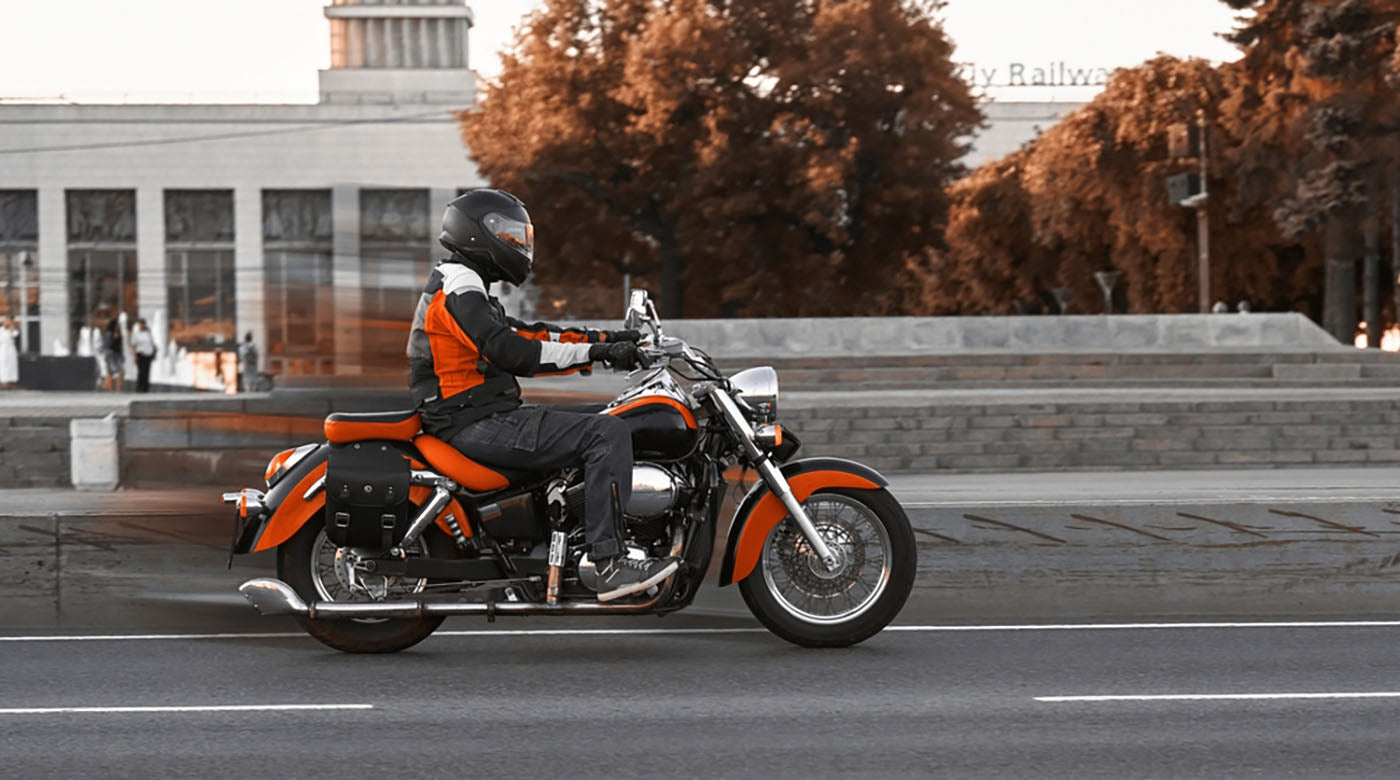Source: Lukas Gojda/Shutterstock.com
Do you dream of slicing down the mountain like a pro, landing a jump off a big bank of snow, or hitting the advanced slopes for even bigger drops and descents? Most adults can start skiing with confidence after a week of continuous practice, but not everyone learns at the same rate. If you want to excel at your new hobby, use these tips and tricks to improve your skiing skills.
Build Up Your Strength, Balance and Endurance
The pros make it look easy, but skiing is akin to running a marathon, with the average size person burning over 600 calories an hour. You need endurance, a strong core, leg muscles and excellent eye-hand coordination to dodge obstacles. Running, bike riding or hitting the treadmill/elliptical will help you last longer on the slopes without getting fatigued. Mix up your cardio twice a week and work on extending your distance and how many calories you burn in a stint. Practice yoga and other core exercises to work on your core. Work out your legs with or without free weights or a barbell at least once a week. Do the single-leg deadlift, regular deadlift, squats, lunges and leg presses to get your glutes, hamstrings and calves popping.
Sign Up for a Class or Private Coaching Session
The fastest way to learn how to ski is to take a class appropriate for your age and skill level. You can also hire a private instructor to help you develop specific skills. Your teacher will help you overcome common pitfalls when you’re just starting. They will also adjust your stance and approach based on what’s most comfortable for you.
Use Wireless Ski Helmet CommunicationSkiing can feel like a solo act, even in a large group. As soon as you lean over the edge, you’re pretty much on your own until you reach the bottom. Use ski helmet communication to talk wirelessly with your instructor or peers. It mounts to your helmet with built-in speakers to help you coordinate in real time. Just speak into the device to give commands (like “volume up” or “next track”) without reaching for the device. You can stay focused on steering, braking and turning while your coach watches from a safe distance. Learn about the latest cool ski gear and how it can improve your performance on the slopes.

Source: gorillaimages/Shutterstock.com
Use the Right Stance for Your Body Type and Skill Level
Knowing where to place your feet and bindings will make or break your first outing. If your feet are in the wrong position, you will quickly get frustrated and may want to throw in the towel. The goal is to keep your feet parallel and under your body for more balance and control. Support your weight with the arch of your foot, making minor adjustments to keep your feet moving. Resist the urge to move your upper body as you steer by shifting your balance.

Source: Microgen/Shutterstock.com
Set Goals and Rate Your Progress
Getting better at skiing means something different to everyone. Ask yourself why you’re looking to improve. Is it to keep up with your more experienced friends, to make the most of your upcoming winter vacation or to be the best athlete you can be? Set goals with a realistic schedule for achieving them. You can time yourself getting to the bottom of the slopes, gradually increase the length of each session or make a checklist of all the tricks you want to try.
Let Your Skis Guide You
Some beginners get frustrated with not being able to control their skis, which have a mind of their own. Strapping your feet to two long, narrow sleds automatically limits your range of motion. Let gravity and the natural grooves of the skis guide you down the mountain instead of forcing them somewhere they don’t want to go. Make wide, round turns with plenty of room to angle toward your destination.
Longer skis give you even less room to maneuver but are more stable at high speeds. Use them on direct runs with minimal turns. Shorter skis make it easier to turn and spin. They’re great for doing tricks but are harder to control when going downhill.
At the End of the Day, Have Fun
Don’t let these adjustments ruin your time in the snow. Binding your feet can take some getting used to, but learning to relinquish some control and move with the skis will help you avoid working harder than necessary. Relax your leg muscles when you’re not turning as you let the power of the mountain take over.





